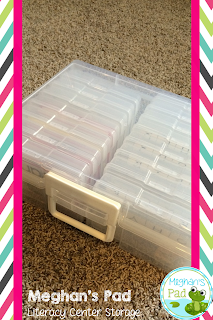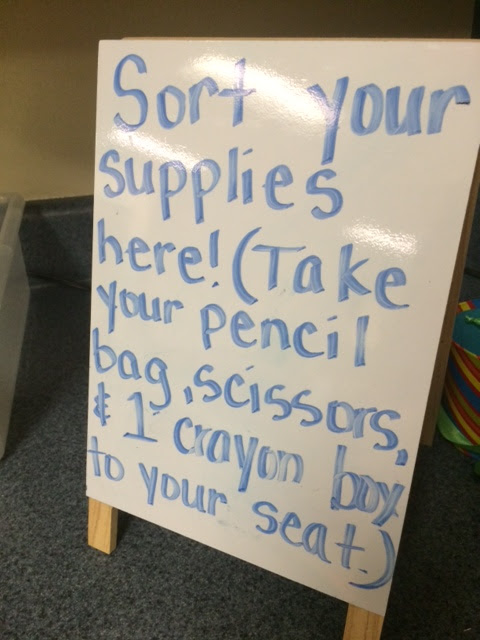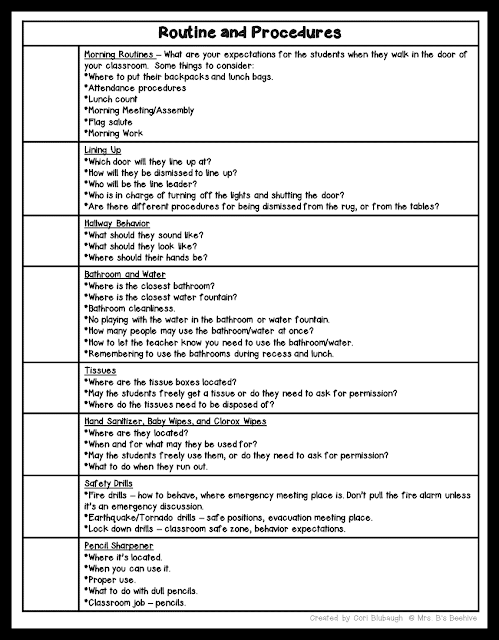I am Meghan from Meghan's Pad. I wanted to give you all a sneak peek at what I am doing during my literacy center/guided reading time this year, and how I have it all organized.
This week {tomorrow} I will have a new class of Kinders that will begin their year with me. Each year, I feel the need to revamp an area of my curriculum. This year, it's my center time!
Centers are a great way, as we all know, to engage students in learning by providing them with hands on learning materials and the opportunity to regulate their learning needs.
This year, I am jumping back on the center wagon, and I couldn't be more excited! The past few years I have struggled with having to use the district mandated curriculum, knowing that Kinders need more hands on, play based learning. I have struggled with the early finishers, the no matter what I give you to do, you are going to refuse to do it, and the different learning styles and needs.
After much reflection, I have come up with a format that I think I am going to like, and a format that I hope my kinders will like as well. Here it goes...
Each day I will gather the children on the rug for a small mini-lesson. These mini-lessons are going to be based on the needs of Kinders. These lessons can include alphabet, sounds, building words, rhyming, segmenting, strategies, digraphs, consonant blends, vowel blends, and the list goes on. I will then have a "have to" activity that the children will need to do each day. During the literacy block it can be an alphabet center, letter writing center, building word center, reading center, phonemic center. Each day their have to center will switch, so by the end of the week each child has completed all the have tos.
After the "have to" center is complete they will either turn it in, or will fill out a small exit slip, so I can quickly review their understanding, along with hold them accountable for doing the center. Then the children will choose a "can do" center. These centers will be a combination of old "have tos" and other centers that help to support that centers "have to."
Have I lost you?? I know it's confusing! Here is an example: A student on Monday will go to the alphabet center and complete the "have to" center. Once they are done, they fill out and turn in their exit slip. They then go to the alphabet "can do" drawer and grab a center, take it back to their seat {not assigned, just where they were working} and complete that center. Once they have completed all the "can dos" that they want, then they can go to the alphabet "now what" drawer to work on those activities.
The "now whats" are going to be more independent activities that can include "worksheets," or reading.
My hope is that children will continue to be engaged, and will find the learning method that they prefer.
So now, the storage! I love to organize, and love to buy bins.go inside of bins. So these are PERFECT!
I love to find bins that I found these bins at Joann Fabrics, and have been in love with them. Each center fits perfectly inside these 4X6 photo cases {materials and all}!
I am currently putting each center into a small container, and then each container into a drawer system. This picture was taken before I labeled the drawers. I have the "can do" centers in one of the drawers and the "now whats" in the drawer directly under. Each is labeled with the center {alphabet, letter writing, word building, etc.}, and a number {either 2 or 3 for "can do" and "now what"}.
I am currently working on setting up something similar for math and our phonics time.
I would love to know how you do centers in your room? What do the children do when you are in a small group? I can't wait to hear all the great ideas!!


















































